Home>diy>Building & Construction>How Long Does Foundation Repair Last?
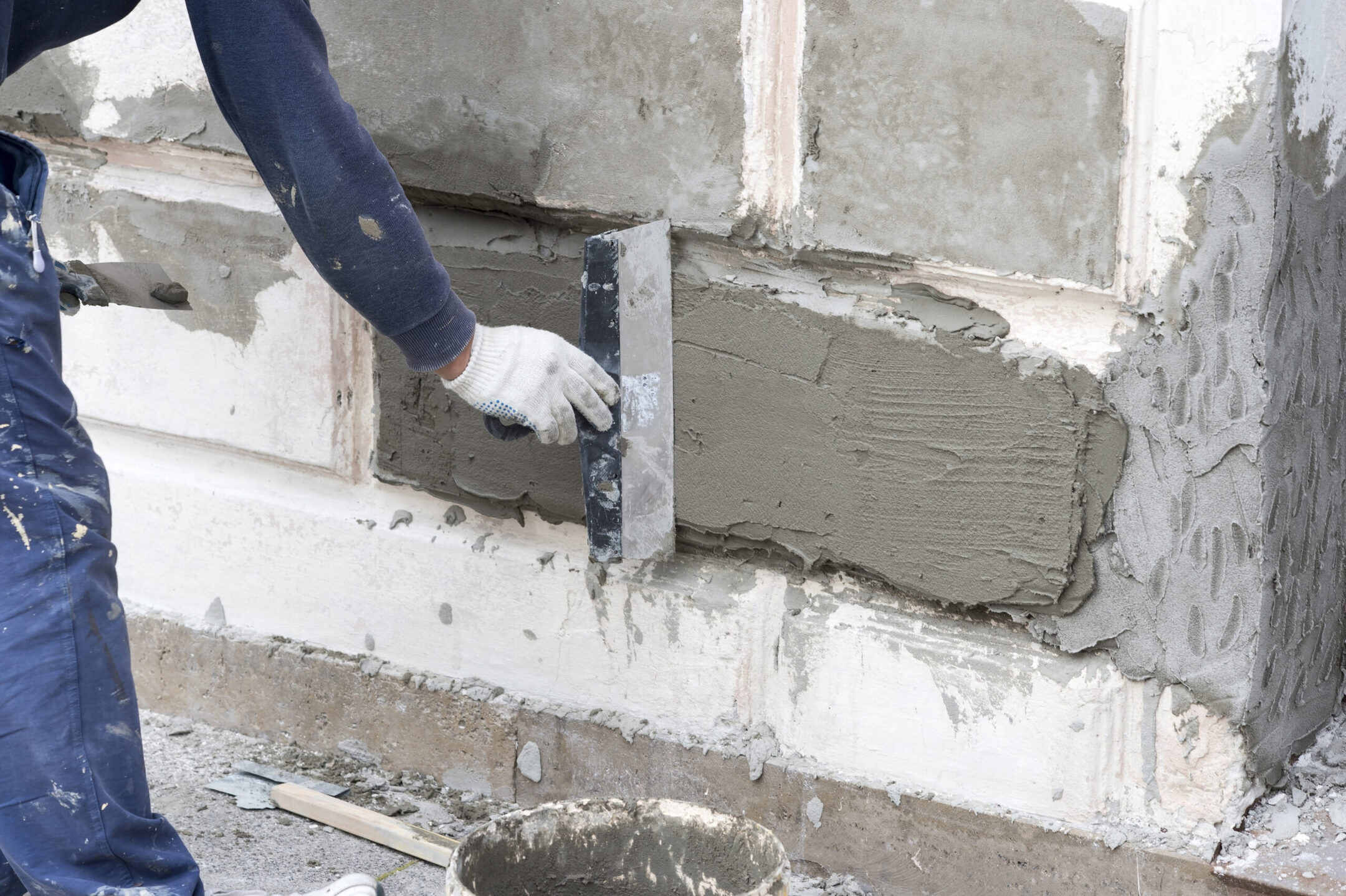

Building & Construction
How Long Does Foundation Repair Last?
Modified: January 9, 2024
Learn about the longevity of foundation repairs in building construction. Discover how long foundation repairs can last and ensure the stability of your structure.
(Many of the links in this article redirect to a specific reviewed product. Your purchase of these products through affiliate links helps to generate commission for Storables.com, at no extra cost. Learn more)
Introduction
Foundation repair is a crucial aspect of building construction. The foundation serves as the base on which the entire structure stands, providing stability and support. Over time, foundations can experience issues such as settlement, cracks, or shifting due to various factors. These issues can compromise the structural integrity of the building and pose risks to its occupants.
When it comes to foundation repair, one common question that arises is, “How long does foundation repair last?” The lifespan of foundation repairs can vary depending on several factors, including the type of repair, the severity of the foundation problem, the quality of the repair work, and the maintenance of the building.
In this article, we will explore the factors affecting the lifespan of foundation repairs, the common foundation repair methods, the expected lifespan of different repairs, and how to maintain and extend the lifespan of foundation repairs. By understanding these aspects, building owners and homeowners can make informed decisions about foundation repairs and ensure the long-term stability of their structures.
Key Takeaways:
- Foundation repairs can last for several decades when done with high-quality materials and proper techniques, but factors like soil conditions and climate can impact their lifespan.
- Regular maintenance, proper drainage, and proactive measures can extend the lifespan of foundation repairs, ensuring the long-term stability of buildings.
Read more: How Long To Calipers Last
Factors Affecting the Lifespan of Foundation Repairs
The lifespan of foundation repairs can be influenced by several factors that impact the stability and durability of the repaired foundation. Below are some key factors to consider:
- Quality of the Repair Work: The quality of the foundation repair work is critical in determining its lifespan. If the repairs are carried out by experienced professionals using proper techniques and high-quality materials, the repaired foundation is more likely to last longer. On the other hand, if the repairs are subpar or done incorrectly, the lifespan of the repairs may be compromised.
- Type and Severity of Foundation Problem: The extent and type of foundation problem being addressed also play a significant role in the longevity of the repairs. Some foundation issues may be relatively minor and easily fixed, while others may require more extensive repairs. The severity of the problem will influence how long the repairs can be expected to last.
- Soil Conditions: The soil conditions around the foundation can greatly impact the longevity of foundation repairs. Expansive soils, such as clay soils, can cause the foundation to shift and settle over time, potentially undoing the repairs. Good drainage systems and proper soil stabilization techniques can help mitigate the effects of problematic soil conditions.
- Climate and Weather Conditions: The climate and weather patterns in the area where the building is located can also affect the lifespan of foundation repairs. Extreme temperature fluctuations, heavy rainfall, or drought conditions can put stress on the foundation and potentially lead to further damage. Proper waterproofing and moisture control measures can help protect the repaired foundation from the adverse effects of weather conditions.
- Regular Maintenance: Regular maintenance is crucial for the long-term effectiveness of foundation repairs. This includes measures such as monitoring for any signs of future foundation issues, maintaining proper drainage around the building, and addressing any new problems promptly. Neglecting maintenance can shorten the lifespan of the repairs and result in more extensive damage down the line.
It’s important to note that while these factors can influence the lifespan of foundation repairs, there is no definitive timeframe for how long repairs will last. Each situation is unique, and the longevity of repairs can vary. However, by considering these factors and taking appropriate measures, building owners can maximize the lifespan of foundation repairs and ensure the stability of their structures for many years to come.
Common Foundation Repair Methods
Foundation repair methods can vary depending on the specific issues with the foundation. Here are some of the most common foundation repair methods:
- Underpinning: Underpinning is a process that involves strengthening and stabilizing the foundation by inserting materials or supports beneath it. This method is commonly used for foundations that have experienced settlement or sinking. There are various types of underpinning techniques, including traditional underpinning, pile underpinning, and helical pier underpinning.
- Foundation Piering: Foundation piering, or foundation piling, involves the installation of steel piers or concrete pilings beneath the foundation to provide additional support. This method is often used for foundations that are experiencing vertical movement, such as foundation settlement or sinking.
- Foundation Crack Repair: Cracks in the foundation can be addressed through various crack repair methods, depending on the severity and location of the cracks. This can include epoxy injection, polyurethane foam injection, or carbon fiber reinforcement to stabilize and seal the cracks.
- Slabjacking: Slabjacking, also known as mudjacking, is a technique used to lift and level concrete slabs that have settled or sunk. This involves injecting a mixture of material, such as sand, cement, or polyurethane foam, beneath the slab to raise it back to its original position.
- Waterproofing: Waterproofing is an important foundation repair method that involves preventing water intrusion and moisture damage. This can include installing or repairing exterior waterproofing membranes, drainage systems, and sump pumps to redirect water away from the foundation.
These are just a few examples of the many foundation repair methods available. The appropriate method for a specific foundation issue will depend on factors such as the type of problem, the condition of the foundation, and the recommendations of a professional foundation repair contractor. It’s important to consult with experts who can assess the situation and recommend the most suitable repair method for your specific needs.
Expected Lifespan of Different Foundation Repairs
The expected lifespan of different foundation repairs can vary based on several factors, including the type of repair method used, the quality of the repair work, and the underlying issues being addressed. While it is challenging to provide exact timeframes for the lifespan of foundation repairs, the following can serve as general guidelines:
- Underpinning: Underpinning is considered a long-term solution for foundation stabilization. When properly executed and supported by high-quality materials, underpinning can last for several decades, providing lasting support and preventing further settlement.
- Foundation Piering: Similar to underpinning, foundation piering is designed to provide long-term stability. Steel piers or concrete pilings used in foundation piering can last for a lifetime, ensuring the foundation remains well-supported and resistant to settlement or sinking.
- Foundation Crack Repair: The lifespan of foundation crack repairs can vary depending on the severity and stability of the foundation. Properly sealed and reinforced cracks are expected to last for many years, preventing further damage and water intrusion. However, hairline cracks may reappear over time due to natural settling or shifting of the foundation.
- Slabjacking: Slabjacking repairs can be quite durable and long-lasting. The materials injected below the sunken concrete slab provide support and stability, and when performed correctly, the repaired area can remain level and intact for 10-20 years or more. However, it is essential to address any underlying soil issues to prevent future settlement.
- Waterproofing: The lifespan of waterproofing measures can vary depending on factors such as the quality of the materials used, the effectiveness of the drainage system, and ongoing maintenance. Well-executed waterproofing can last for many years, protecting the foundation from moisture-related problems and extending its lifespan.
It’s important to remember that these expected lifespans are general estimates and can vary depending on various factors unique to each situation. Regular inspections and maintenance can help identify any signs of deterioration or new issues, allowing for timely repairs and the extension of the foundation repair lifespan.
Consulting with a professional foundation repair contractor who specializes in the specific repair method used can provide more accurate information about the expected lifespan of the repairs in your particular case.
Regular maintenance and timely repairs can help extend the lifespan of foundation repairs. Keep an eye out for any signs of damage and address them promptly to prevent further issues.
Maintaining and Extending the Lifespan of Foundation Repairs
Maintaining and taking proactive measures can significantly extend the lifespan of foundation repairs and ensure the long-term stability of your structure. Here are some key steps to consider:
- Monitor for Signs of Foundation Issues: Regularly inspect your property for any signs of foundation problems, such as cracks in walls or floors, doors or windows that are difficult to open or close, or uneven floors. Early detection allows for prompt action and minimizes the risk of further damage.
- Maintain Proper Drainage Around the Building: Poor drainage can result in water accumulation near the foundation, increasing the risk of moisture-related foundation issues. Ensure that gutters and downspouts are clean and functioning correctly, and direct water away from the foundation through proper grading or installing drainage systems if necessary.
- Manage Soil Moisture: Maintain a consistent level of moisture around the foundation to avoid excessive soil expansion or contraction. Monitor the soil moisture levels and use irrigation or drainage systems to keep the moisture at an optimal level.
- Address Plumbing and Plumbing Leaks: Plumbing leaks can cause significant damage to the foundation over time. Regularly inspect your plumbing system for leaks and promptly address any issues. Ensure that downspouts and drainage systems are not directing water near the foundation.
- Perform Regular Maintenance: Regularly check the foundation for any signs of new or recurring problems. This includes monitoring cracks, inspecting the condition of the foundation materials, and addressing any issues promptly. Proper maintenance can prevent minor issues from escalating into more significant problems.
- Consult with Professionals: Engage the services of experienced foundation repair professionals for routine inspections and maintenance. They can provide valuable insights and guidance on maintaining the integrity of your foundation and extending the lifespan of the repair work.
By implementing these proactive measures, you can minimize the risk of foundation issues and extend the lifespan of foundation repairs. It is crucial to address any problems promptly and consult with experts who can provide personalized advice based on your specific situation.
Remember, foundation repair is an investment in the long-term stability and safety of your building. By taking proper care of your foundation and addressing any issues promptly, you can enjoy a structurally sound and durable building for years to come.
Read more: How Long Does Metal Siding Last
Signs of Foundation Issues Requiring Repairs
Foundation issues can manifest in various ways, and it is important to be aware of the signs that indicate the need for foundation repairs. Detecting these signs early can help prevent further damage and ensure the structural integrity of your building. Here are some common signs of foundation issues:
- Cracks in Walls or Floors: One of the most noticeable signs of foundation problems is the presence of cracks in walls, floors, or ceilings. These cracks can be horizontal, vertical, or diagonal and may vary in width. Pay attention to any new or expanding cracks, as they can indicate movement or shifting of the foundation.
- Doors and Windows that Stick: If you notice that doors and windows are becoming increasingly difficult to open or close, it could be a sign of foundation issues. As the foundation moves or settles, it can cause the door frames and window frames to become misaligned, resulting in sticking or jamming.
- Uneven Floors: Walk through your building and check for any areas where the floors feel uneven or sloping. A noticeable difference in floor levels between rooms or within a single room could be a sign of foundation settlement or shifting.
- Gaps around Windows and Doors: When the foundation moves or shifts, it can cause gaps to form around windows and doors. These gaps may be visible or result in drafts and air leaks. Keep an eye out for any changes in the fit and alignment of windows and doors.
- Bowing or Leaning Walls: If you notice that walls are bowing inward or leaning to one side, it indicates a significant foundation issue. This can occur due to hydrostatic pressure or soil movement, and it requires immediate attention to prevent further structural damage.
- Evidence of Moisture Problems: Damp or wet areas in the basement, crawl space, or around the foundation can be a sign of poor drainage or water intrusion. Excess moisture can weaken the foundation and lead to settlement or cracking. Look out for mold growth or musty odors, as these can indicate moisture-related foundation issues.
If you observe any of these signs, it is important to consult with a professional foundation repair contractor. They can assess the situation, identify the underlying issue, and recommend the appropriate repairs to restore the stability and integrity of your foundation.
Keep in mind that early detection and prompt action are crucial in minimizing the extent of foundation damage and the associated repair costs. Regular monitoring of your building and addressing any signs of foundation issues can help ensure the long-term durability and safety of your structure.
Conclusion
Foundation repair is a critical aspect of building construction that ensures the stability and longevity of structures. The lifespan of foundation repairs can vary depending on factors such as the type of repairs, the severity of the foundation issues, and the quality of the repair work. Understanding these factors is essential for building owners and homeowners to make informed decisions and maintain the integrity of their foundations.
Factors such as the quality of the repair work, the type and severity of foundation problems, soil conditions, climate, and regular maintenance all play crucial roles in determining the lifespan of foundation repairs. While there are general guidelines for the expected lifespans of different repair methods, each situation is unique, and the actual lifespan may vary.
Maintaining and extending the lifespan of foundation repairs requires proactive measures. Regular monitoring for signs of foundation issues, maintaining proper drainage, managing soil moisture levels, addressing plumbing leaks, performing regular maintenance, and consulting with professionals are key steps to ensure the long-term stability of the foundation.
It is important to be aware of signs that indicate the need for foundation repairs, such as cracks in walls or floors, sticking doors and windows, uneven floors, gaps around windows and doors, bowing or leaning walls, and evidence of moisture problems. Detecting these signs early and addressing them promptly can prevent further damage and costly repairs.
In conclusion, foundation repair is an investment in the long-term stability and safety of a building. By understanding the factors affecting the lifespan of foundation repairs, implementing proactive measures, and addressing issues promptly, building owners can ensure that their structures remain strong and secure for years to come.
Frequently Asked Questions about How Long Does Foundation Repair Last?
Was this page helpful?
At Storables.com, we guarantee accurate and reliable information. Our content, validated by Expert Board Contributors, is crafted following stringent Editorial Policies. We're committed to providing you with well-researched, expert-backed insights for all your informational needs.
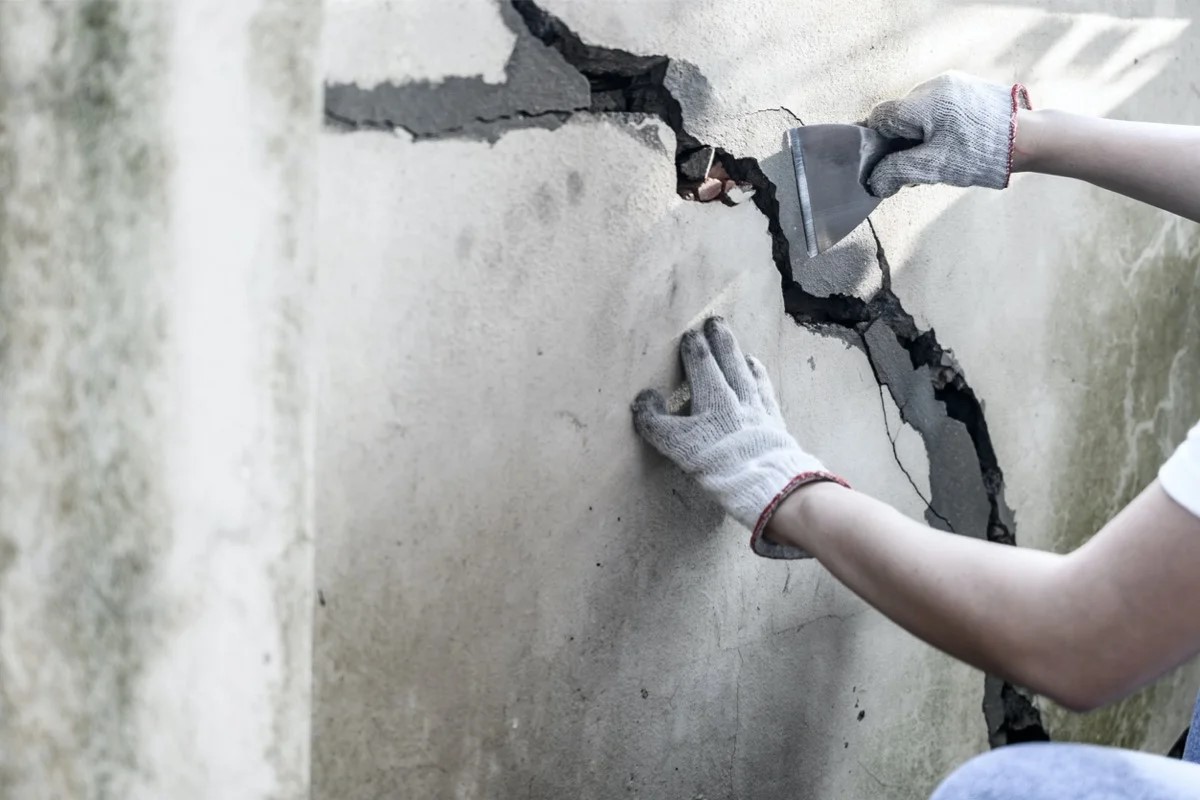
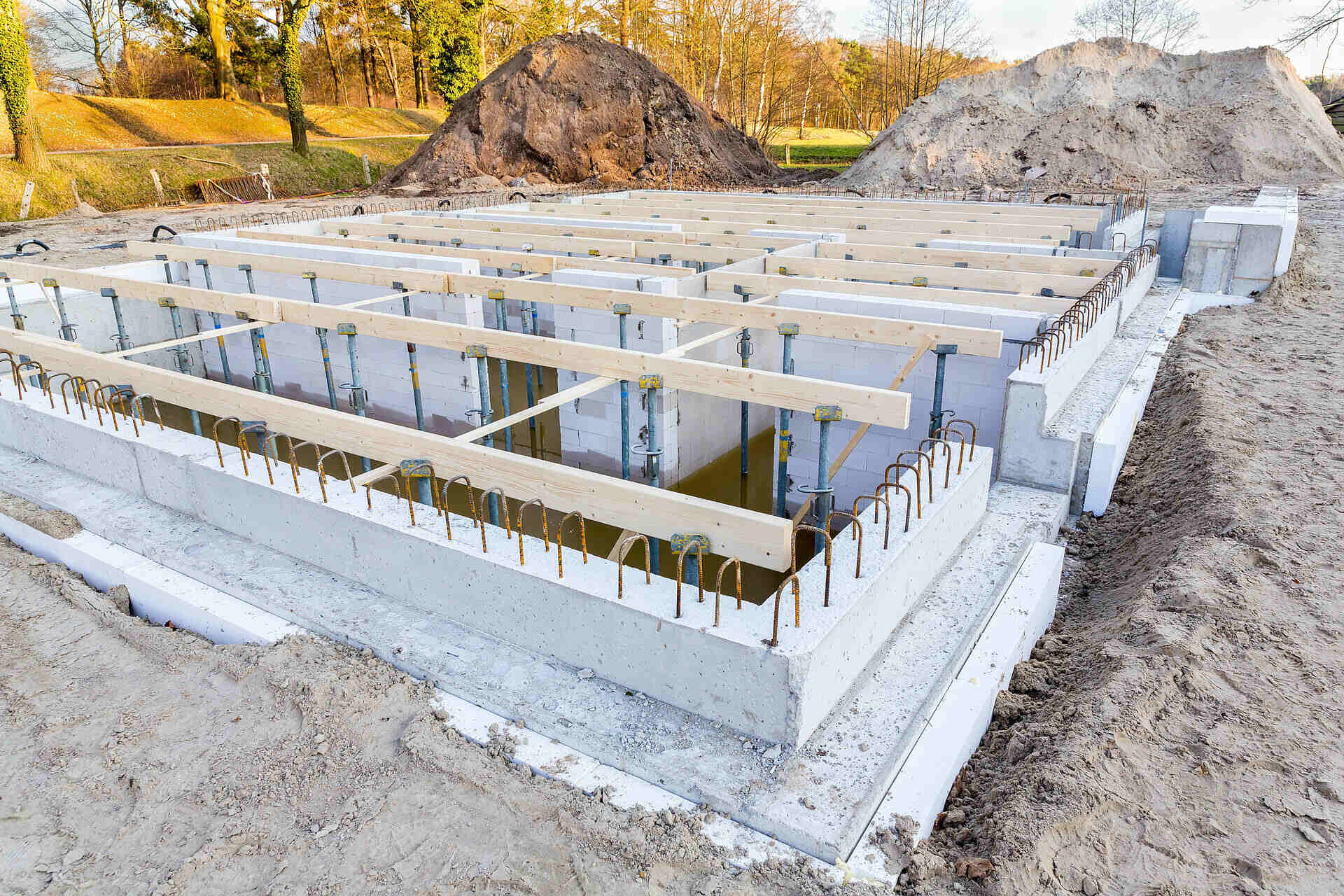
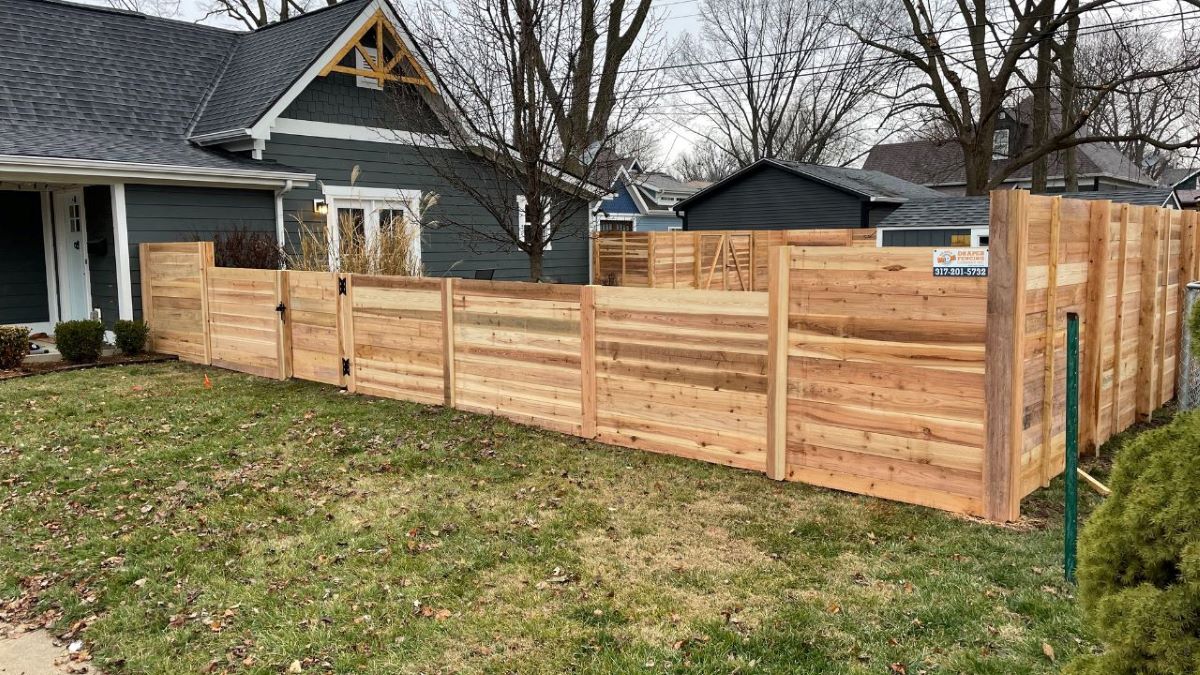
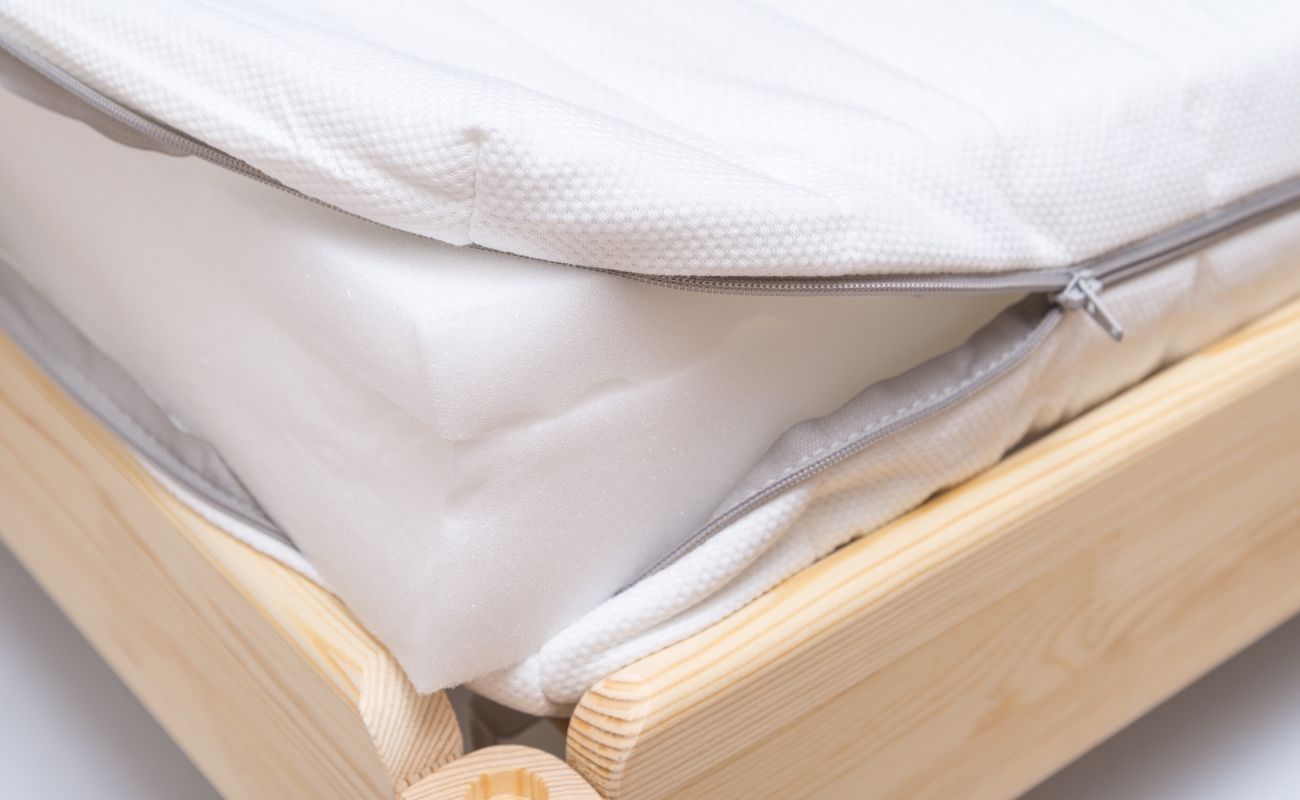


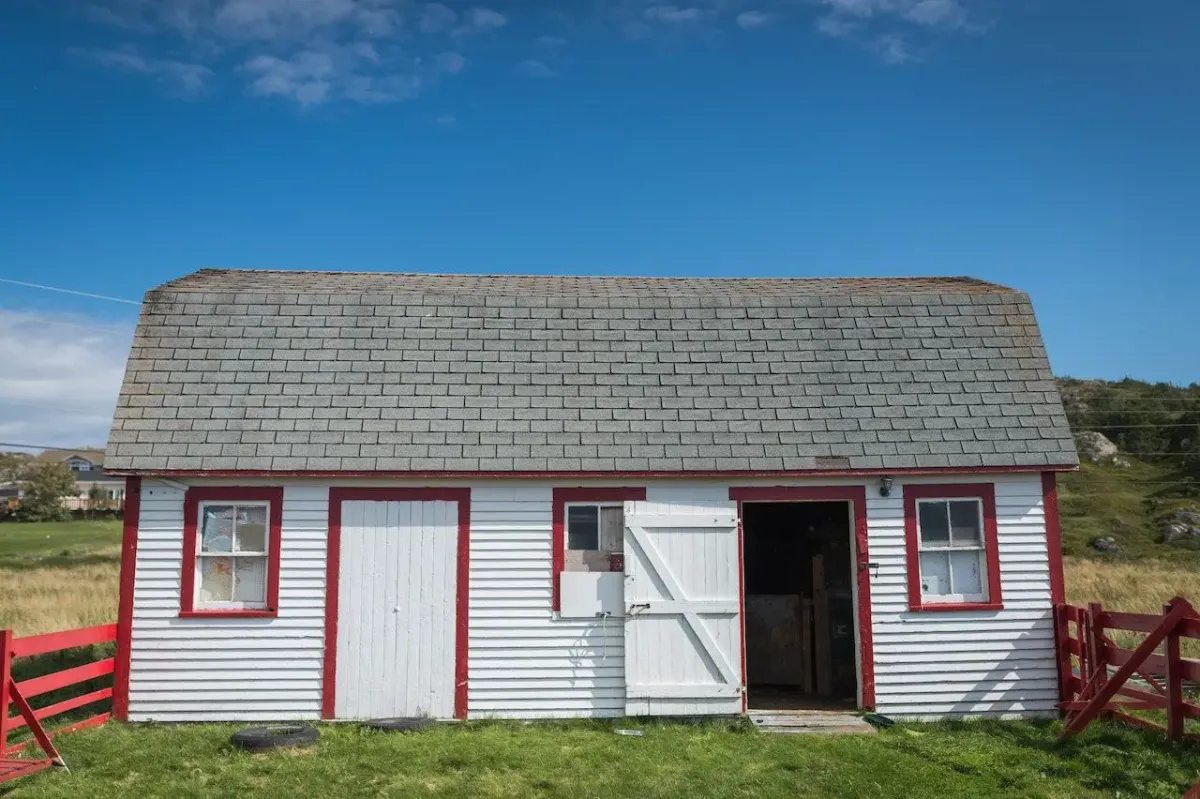


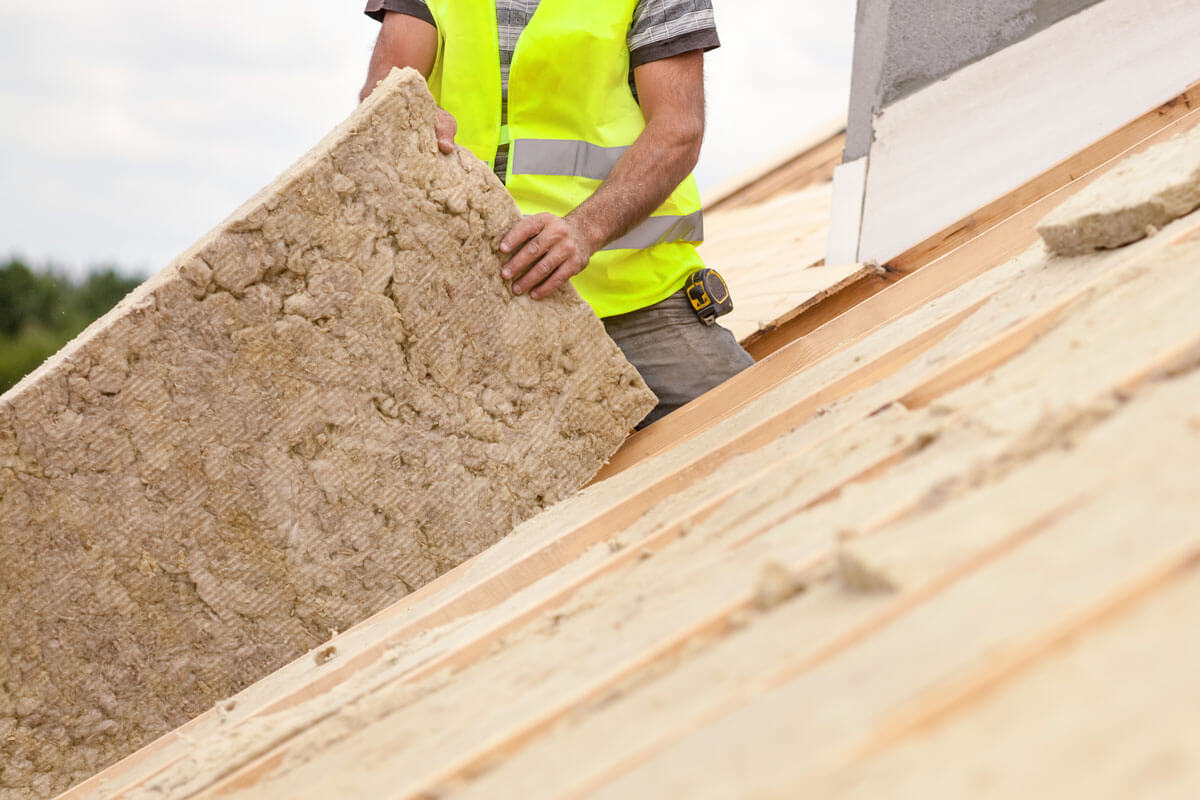

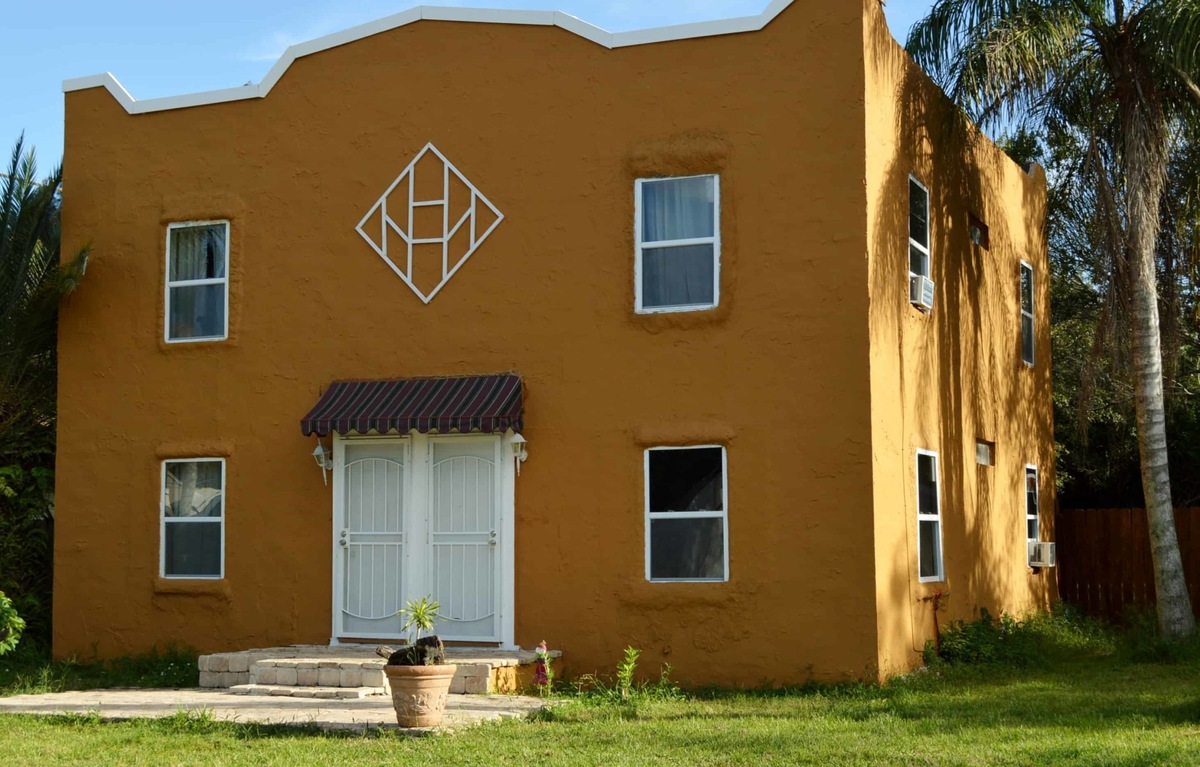

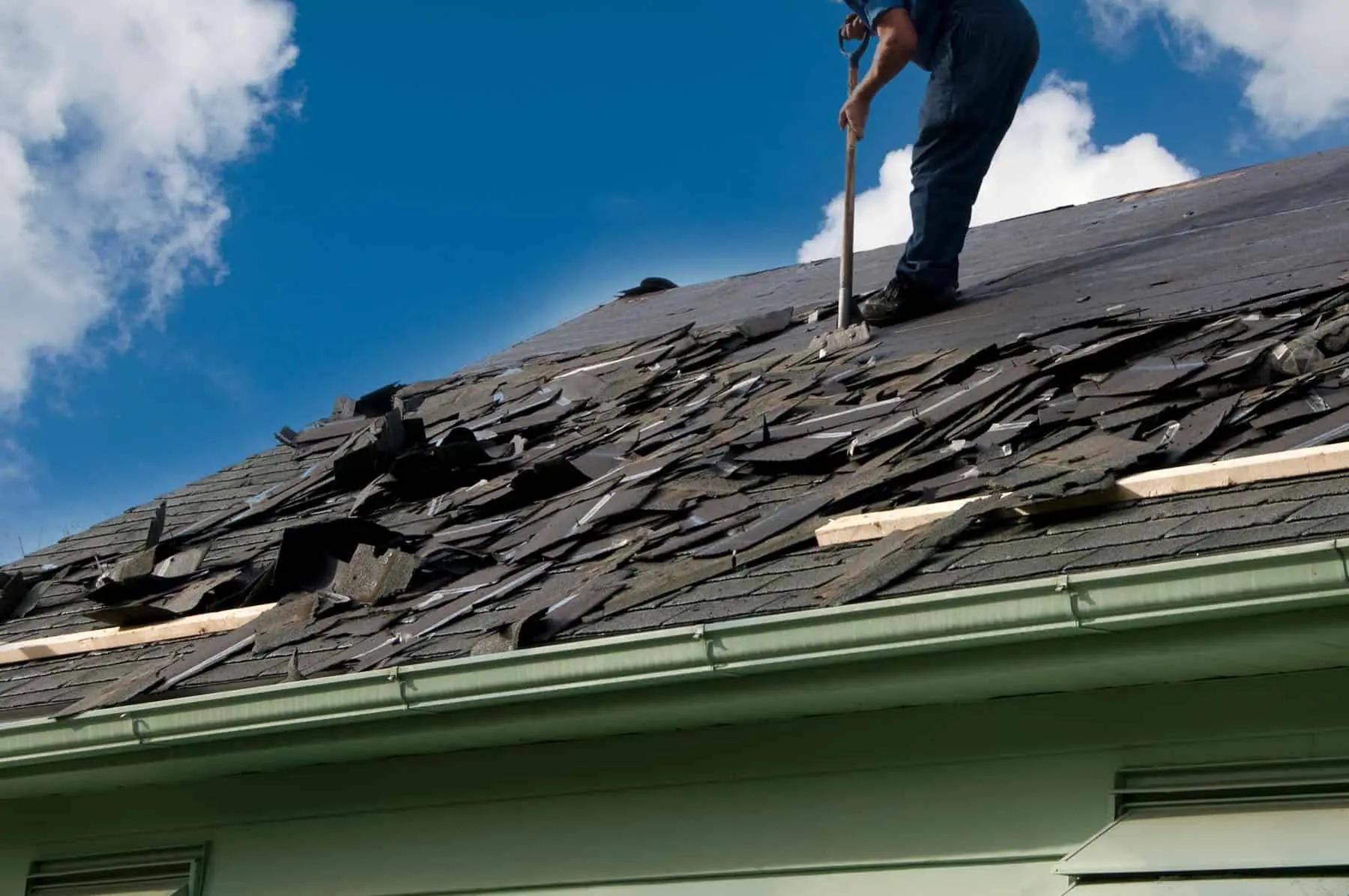

0 thoughts on “How Long Does Foundation Repair Last?”